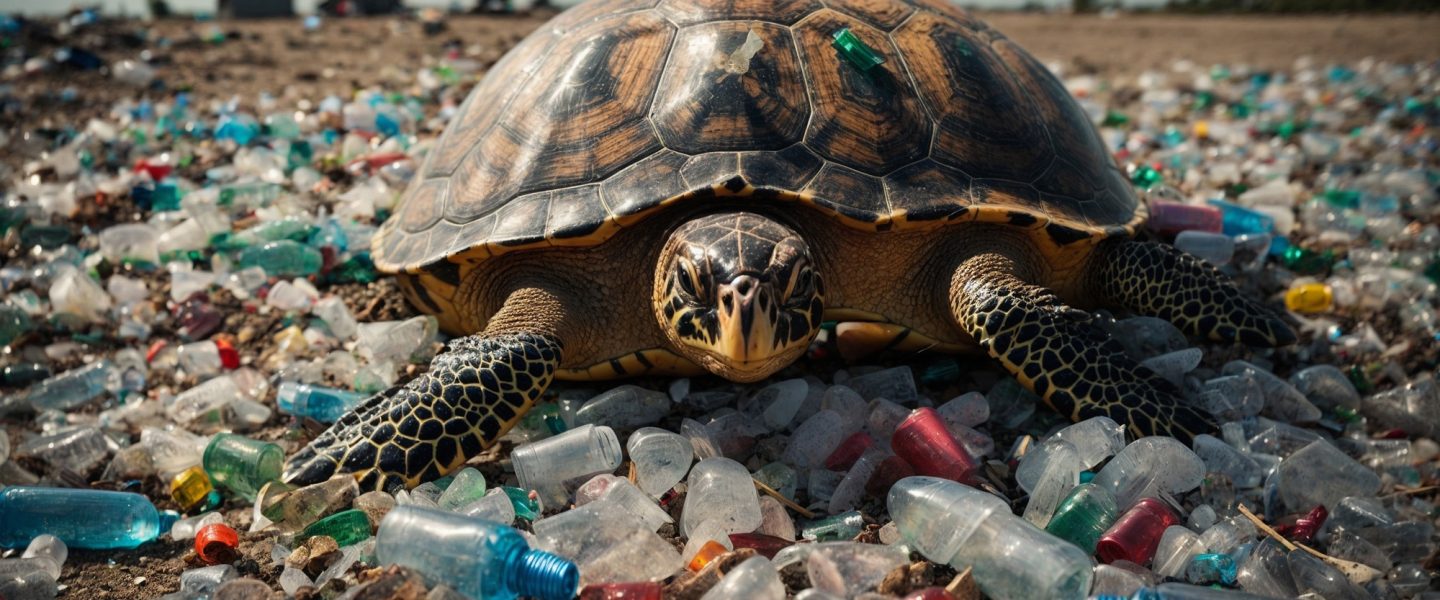People from other planets viewing our Earth might get the impression that it’s made entirely of plastic. Here are some scary specifics.
|
Listen To This Story
|
The other day I read the most weirdly disturbing thing — not that we need additional things to worry about.
It seems that Japanese researchers have established that tiny bits of plastic are present in clouds.
Clouds. That ephemeral stuff of dreams. At sunrise, they embody hope. At sunset, their poignance inspires a hushed sense of awe. Ice cream castles in the air.
On a more plebeian level, if plastic has found a home in the clouds, it is surely in the coffee I picked up from the deli this morning. I just learned that exposure to hot water releases microplastics in the lining of even paper cups.
If you and I do not see eye to eye on this, it may be that because, over time, when exposed to sunlight, your plastic contact lenses shed this junk into your eyes.
And maybe it’s in your brain already. Scientists found that, only two hours after they are ingested, tiny bits of plastic get into mouse brains — because those bits are small enough to cross the blood-brain barrier.
Microplastics are now being carried by bees, along with pollen. This prompted a scientist to wonder:
What happens when there are fewer bees, and they can pollinate less due to the microplastics they carry? What will be the outcome if microplastics, like grains of sand clogging the wheels of the world, continue to spread and everything begins to function less and less efficiently?
***
It’s not the first time that I’ve heard alarming news about microplastics. It’s just that I’ve begun to notice new revelations coming, it seems, almost daily, suggesting that — on top of all the other things we’ve got to be vigilant about — this petroleum-based product needs our urgent attention.
First, a few basics. All plastic items, no matter how large, eventually get knocked down into myriad shapes and sizes of debris. When they disintegrate into particles less than 5 millimeters in diameter, about the size of a sesame seed, they are called “microplastics.” (Even smaller — and scarier — are nanoplastics, microscopic particles that can get inside your cellular machinery.) These tiny and tinier plastics are the most insidious contaminants of all.
The atmosphere can transport large quantities of microplastics — especially with the help of hurricanes — and disperse them throughout the globe to remote regions that have no local source of plastics. And the airborne microplastics originate mostly from plastic waste in the ocean. A large percent of the waste comes from washing blended textiles.
Most of the plastic is originally dumped into rivers — especially urban rivers — which serve as conduits of trash into the ocean.
And one form or another of them have apparently gotten into everything on earth:
It’s not as if their impact hasn’t long been identified as nightmarish. They are, of course, everywhere in the ocean, being swallowed by the same creatures that end up on your dining room table. And many of those creatures depend on coral reefs — which are themselves being destroyed by microplastics.
Inside Our Bodies
Now, though, we learn more and more about the extent to which they’re found just about everywhere in the human body. Scientists have discovered they accumulate in major organs like the liver, kidney, gastrointestinal tract, lungs, heart, and brain.
Blood. Tiny particles found in almost 80 percent of people tested.
Heart and arterial plaque. The nearly 60 percent of surgical patients who had micro or nano plastics in a main artery were 4.5 times more likely to have a heart attack, or stroke, or die of any cause, within three years after surgery than those whose arteries were plastic-free, according to one study (though an association, not a cause, was demonstrated).
Lungs. The most common particles are polypropylene, used in plastic packaging and pipes, and PET, used in bottles. As the author of one study noted:
We did not expect to find the highest number of particles in the lower regions of the lungs, or particles of the sizes we found. It is surprising as the airways are smaller in the lower parts of the lungs and we would have expected particles of these sizes to be filtered out or trapped before getting this deep.
Do not stop reading, though you would like to. We cannot ignore this.
Discoveries about maternal exposure to microplastics are especially concerning. They get into placentas and, from there, into fetuses. The most prevalent chemical found in placentas was polyethylene, which, as I noted above, is the usual component of plastic bags and bottles. Postpartum, the exposure continues, with microplastics in breast milk.
Compounding the problem, plastics can act like sponges and pick up other contaminants like PCBs and DDT.
Those who are most vulnerable to these toxic products are people who work directly with plastics, and, because of their hormone-disrupting properties, children, and couples trying to reproduce.
They cause brain damage — neurophysiological and cognitive deficits in the infant.
And what about older people? One alarming effect of microplastics on the elderly is dementia, at least in mice.
Mice exposed to microplastics for only a short period of time move and “behave peculiarly” in ways similar to humans with dementia, and even more so in older animals. This is because the microplastics get into the brain’s machinery that’s vital for its development, maintenance, and injury repair.
Are humans similarly affected? Research into that possibility is just beginning. More than 55 million people worldwide have dementia, and 60 percent of them live in developing countries.
Damage to Animals
Beyond that, plastics kill over 100 million marine animals each year. Some say that in just a few years, we might end up with a pound of plastic for every three pounds of fish.
On a very different scale, thousands of forest animals get their heads stuck in plastic containers, with horrendous results. Or animals mistake plastic bits for food, which leads to blockage in their digestive systems, and they starve to death.
On yet another scale, microplastics kill tiny creatures in the soil that maintain the fertility of farmland across the globe.
Microplastics also have a disturbing impact on global warming: In the ocean, as the plastics break down, they release greenhouse gasses, increasing temperatures and sea levels.
Big Picture
It’s impossible to overstate all the harms from plastic, but there’s a growing understanding of its many adverse effects on living things.
Grim statistics: Today, we produce about 400 million tons of plastic waste worldwide every year, much of it designed to be used only once — 98 percent of which is created from fossil fuel. By my calculation, we’re producing about 110 pounds of plastic waste annually for every man, woman, and child on earth. That’s a lot.
Yet, perhaps because of the mounting burden of other problems we already have to contend with, I’m not seeing adequate focus on this issue.
In a subsequent column, I’ll get into what is being done — and how more can be done.




